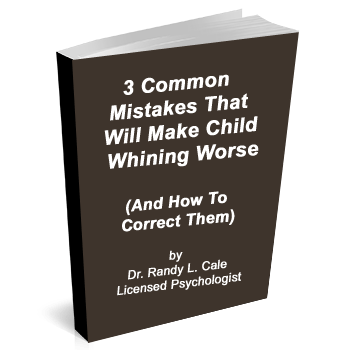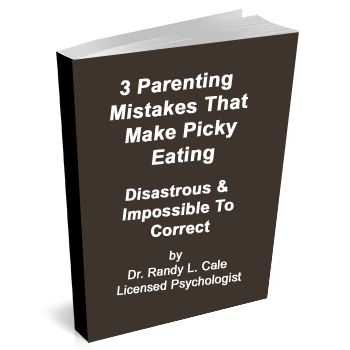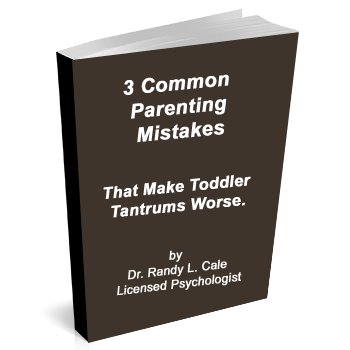Rarely are we aware of the vast differences in parenting that can emerge in a relationship when a child first enters our lives? Yet, as we discussed last week, these differences can become quite important in both wreaking havoc for children, as well as destroying a marriage.
In today’s article, we discuss some strategies for getting on the same page. This is not easy stuff. It requires real work, and not just a ‘chat’ about how we parent. Keep in mind: the consequences of ignoring this is often quite toxic, for you and the children. So please, if your parenting playbooks read as you come from different planets, please consider taking this to heart.
Parental Differences Emerge From Different Values & Experiences
When we make choices that concern our kids, we often have an underlying desire for the children to have certain experiences. One parent may seek structure while another seeks flexibility. One parent may cherish freedom and autonomy while the other thrives on consistency and predictability. One may value routine while the other values spontaneity. One may seek ease and avoid conflict with the children while the other doesn’t fear the upsets.
One may be drawn to adventure and risk-taking while the other seeks safety and comfort. One may enjoy resisting conventional thought while the other embraces tradition. One is liberal, one is conservative. One likes activity, the other wants quiet family time at home.
Differences exist, and each position has a certain value. When we seek out an experience for our children, we have the underlying intention of fulfilling some value.
Some values may seem “worthier” than others, but too much of any good thing can be a problem. Too much structure leads to rigidity and overcontrol, but too much flexibility leads to a lack of discipline and direction. The goal is for parents to acknowledge that many of these values can work harmoniously together if wisdom prevails instead of reactivity.
And, it’s also important, to be honest about what’s really going on. Are you reacting out of anger, because you didn’t get your way? Are you more concerned with getting your point across than with what the kids need? Have you let your resentment about not being “heard” by your spouse blind you to the effect of your judgments? And another big one is this: Did you instruct your partner to do something, thinking that they agreed…when really it was your direction/command to them, and they did not have a full agreement?
Transform Your Differences
It’s possible to allow your children to experience the values that both parents support and cherish, even when they’re different. The following three-step model will help you along this path.
1. Commit to getting on the same page.
This is job one. Accept the fact that children thrive on a consistent message, and predictable routines/consequences. Resolve to work on your differences and find ways to resolve them. Do that now.
2. Determine what’s important to you.
Make a list of your preferences for raising the children. If one of you wants an early bedtime and the other wants a later bedtime, make a note of that. If one of you wants more downtime to hang out as a family and the other wants more activity, note that.
List all your differences. Review the list. Don’t react defensively to differences. Instead, calmly ask each other, “What is really important about that, for you?” Be genuinely interested in the answers and make notes.
For example,
- “What’s really important about having the kids stay up to watch a movie with you?”
- “What’s important about spending a Sunday at their grandparents’ house?”
- “What’s really important about having the kids play soccer instead of remaining at home?”
- “What’s really important about having them get their homework done before dinner?”
Take careful notes. What is important to the other parent? Take turns exploring the basis for your preferences, whether it’s bedtime, PG movies, or playing soccer. Take the time to explore and understand each other’s values and what you want your children to experience through those choices. Search for the broad, underlying motivation behind the experiences you seek for them.
Be honest about what each of you is really saying in your preferences. You’ll find that certain experiences you’re seeking for your children reflect solid values while others reflect questionable values. Some of your values may promote healthy behavior and choices while others may simply reflect your desire not to be controlled or your need to defend the way you were brought up.
Ask, “How will that serve our children?” This is not an aggressive question; it’s an effort to mutually explore and understand. Remain open and interested. Keep exploring until you have a good sense of the underlying values behind the experiences both of you are seeking for your children.
3. The Gauge for Sanity in Parenting
There is one gauge that must be kept in mind here. Most arguments for more flexibility, for exceptions to be granted regularly, for inconsistency in bedtimes, structure and limits are arguments that move against the fundamentals of good parenting. The parent who argues to keep flexing the game plan is fighting for a system that will fail. It’s easier that way. It can help one parent be the ‘good guy who seems to have a better relationship. But it doesn’t bode well for the child’s future, as becomes evident with time.
The final step to this process will be covered next week. Remember: This is work so please consider doing these steps now.















